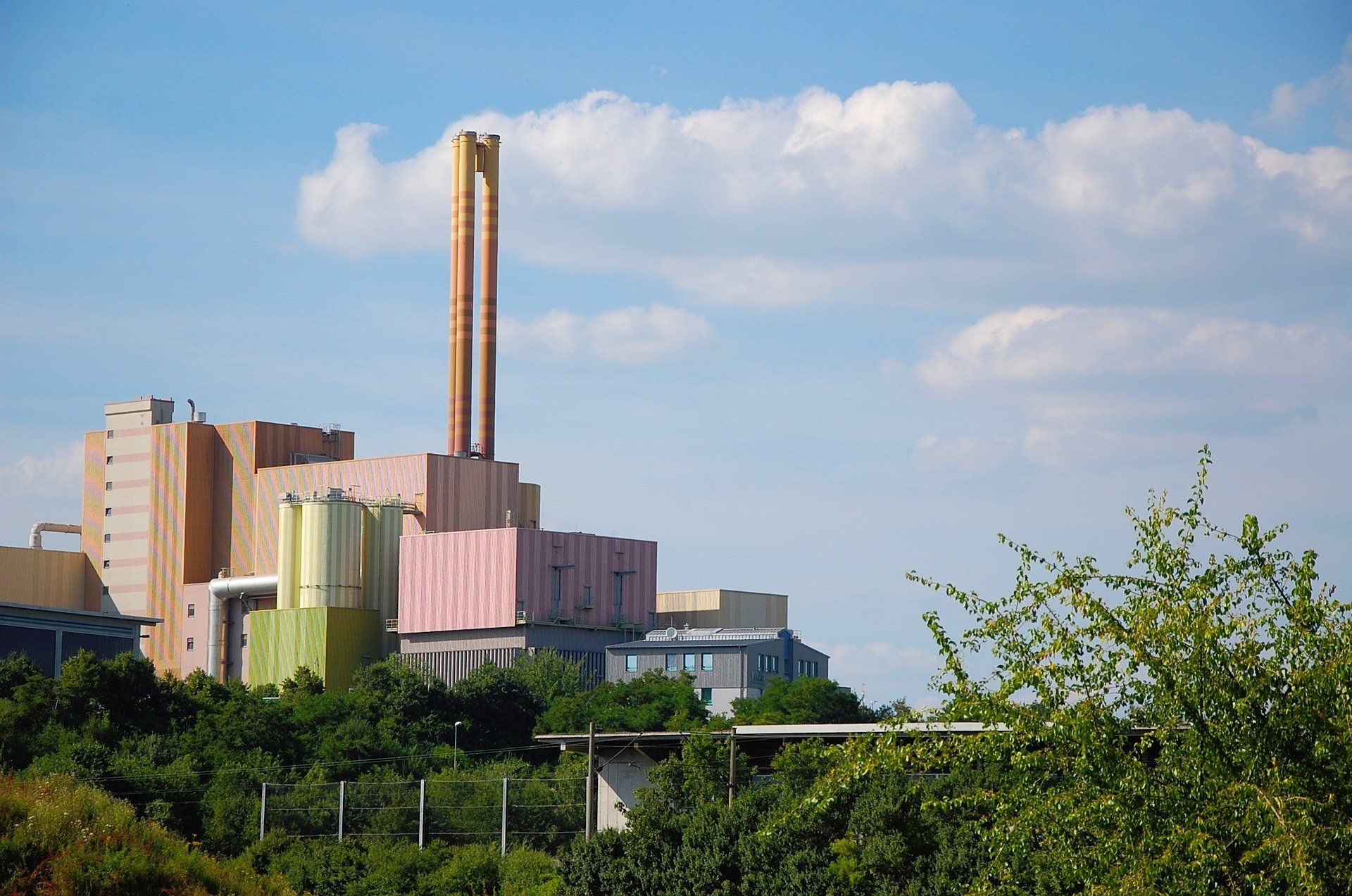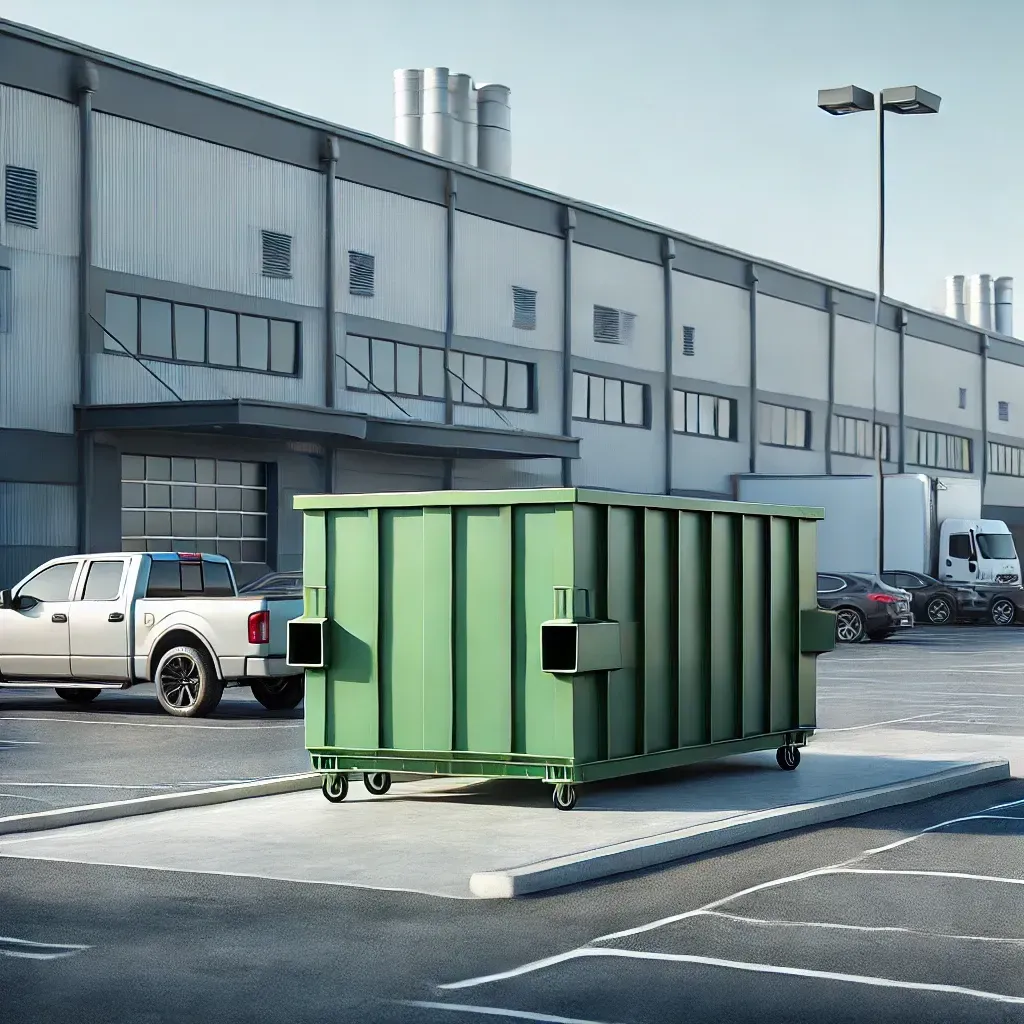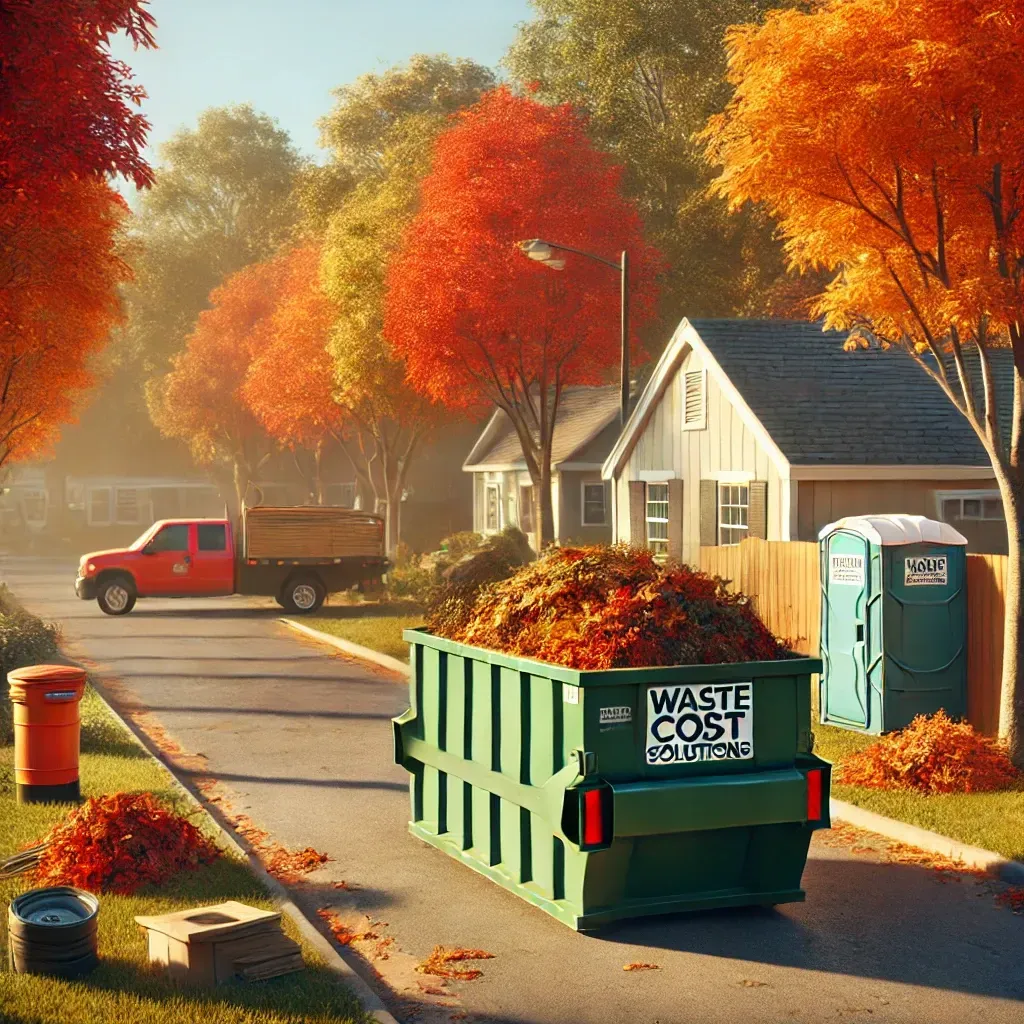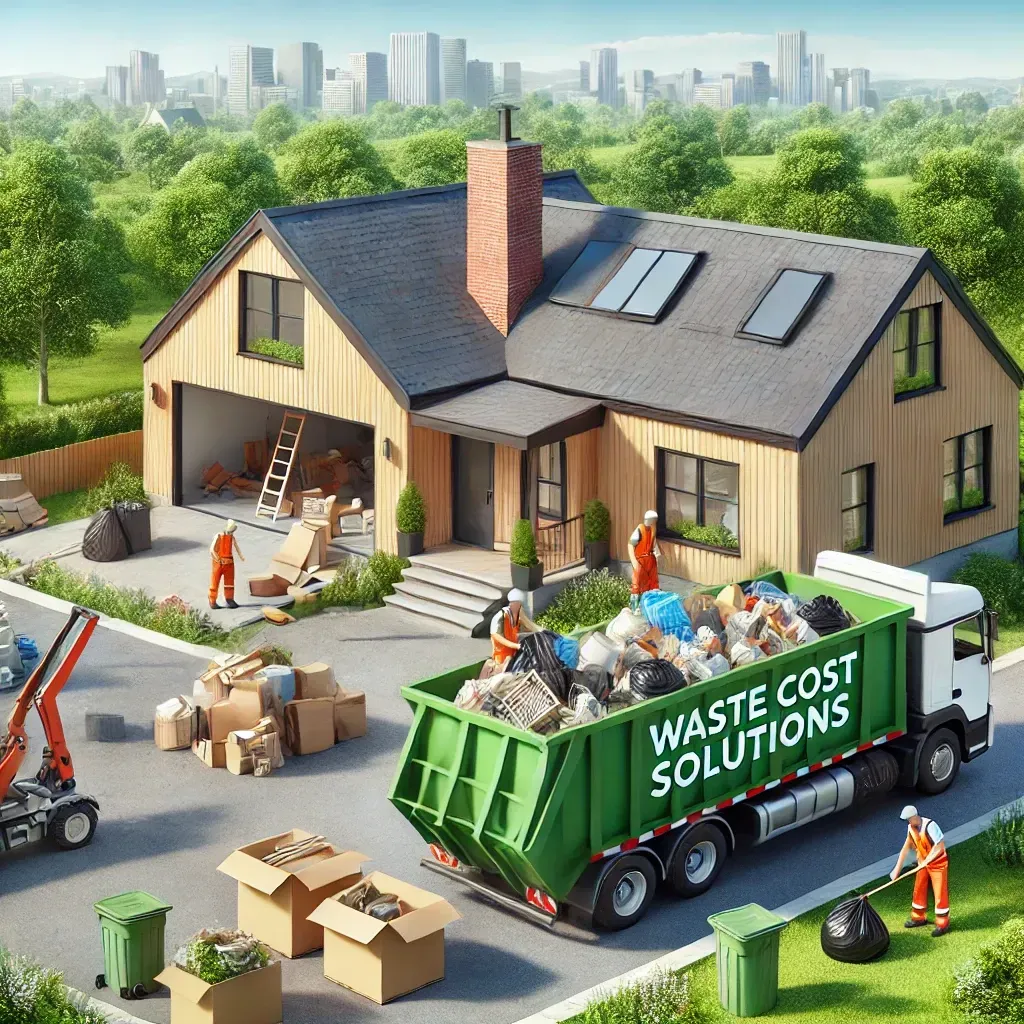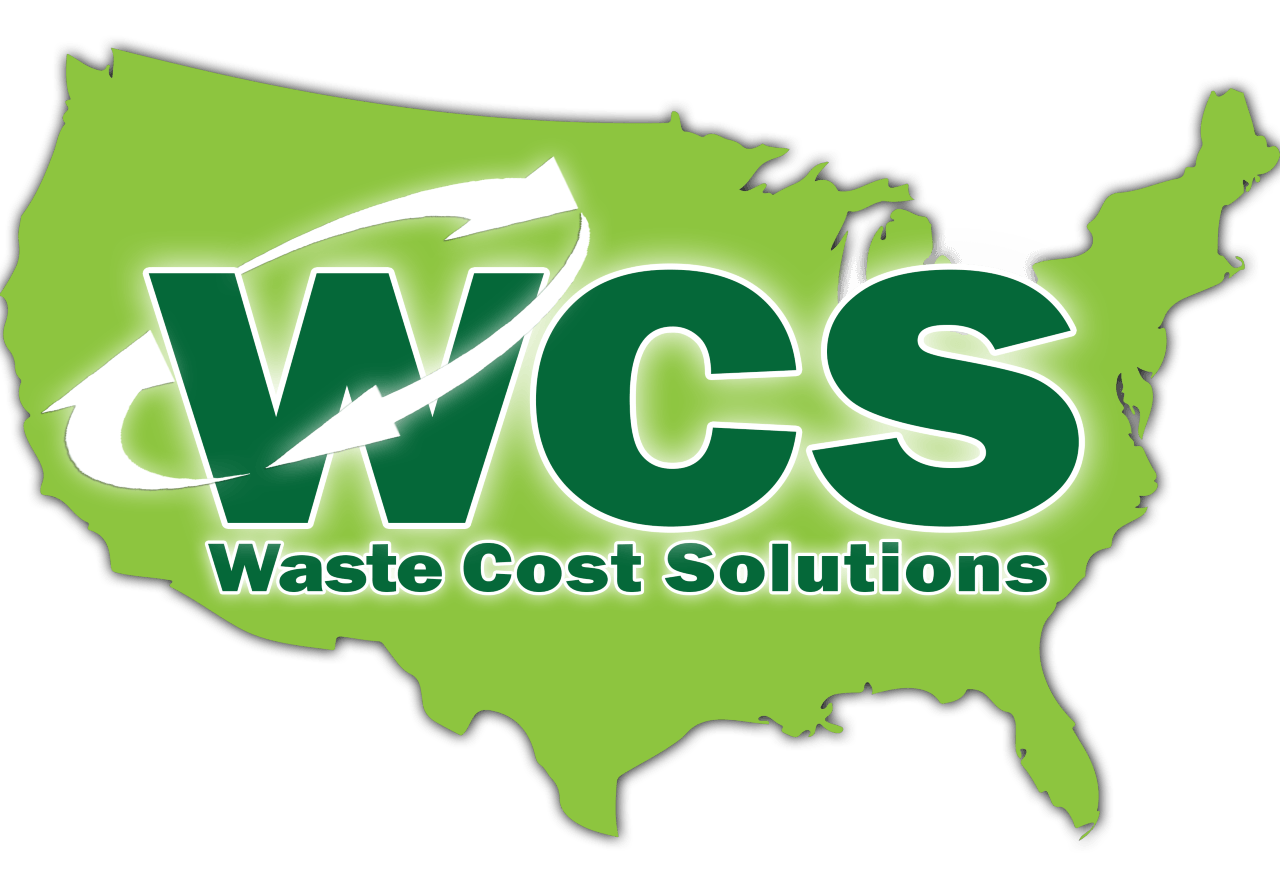Which Waste Management Process Involves The Burning Of Solid Waste?
Waste management is an essential part of any business or municipality. It is important to understand and be aware of the various processes used in waste management and the ramifications of each process for our environment. One such process is incineration, which is the burning of solid waste materials.
What Is Incineration?
Incineration is a waste management process that involves burning solid waste materials at temperatures high enough to reduce them to ash and gases. The aim of this process is to reduce the volume, mass, and toxicity of solid waste material. This method has been used since ancient times as a way to dispose of human and animal remains, but modern incinerators are primarily used to dispose of non-recyclable municipal solid waste materials such as plastics, textiles, medical wastes, rubber products, and paper products.
Incineration is a method of waste treatment in which solid waste is burned in order to reduce its volume and convert it into ash. This ash can then be disposed of in a landfill or repurposed for other uses. Incineration is commonly used for the disposal of medical waste and other types of hazardous waste. It is also used in some cases as a way to generate electricity from waste. However, incineration can also produce harmful emissions, so it is important to carefully regulate and monitor this process to ensure that it is done safely and in an environmentally responsible manner.
The Pros And Cons Of Incineration
The primary advantage of incineration over other forms of disposal such as landfills is its ability to reduce volume by up to 90%, meaning less material must be transported offsite for disposal. Additionally, it can also reduce air pollution by converting some pollutants into energy that can then be put back into the grid for use by consumers.
However, there are also drawbacks associated with this form of disposal as it produces significant amounts of toxic emissions including dioxins, furans, sulfur dioxide (SO2), nitrogen oxides (NOx), carbon monoxide (CO), hydrogen chloride (HCl) and heavy metals like mercury that could potentially cause health problems if released into the environment without proper control mechanisms in place. Also, because the temperature necessary for burning these materials is so high it requires large amounts of energy in order to maintain those temperatures which can lead to increased costs associated with running an incinerator plant.
In conclusion, incineration is a useful tool in managing solid wastes but should only be employed after careful consideration has been given to its potential environmental impacts and cost implications. If done properly with appropriate controls in place it can have many benefits including reducing volume and mass while eliminating certain pollutants from entering our atmosphere; however, it should still be used with caution due its potential negative impacts on human health and the environment if not managed properly.
